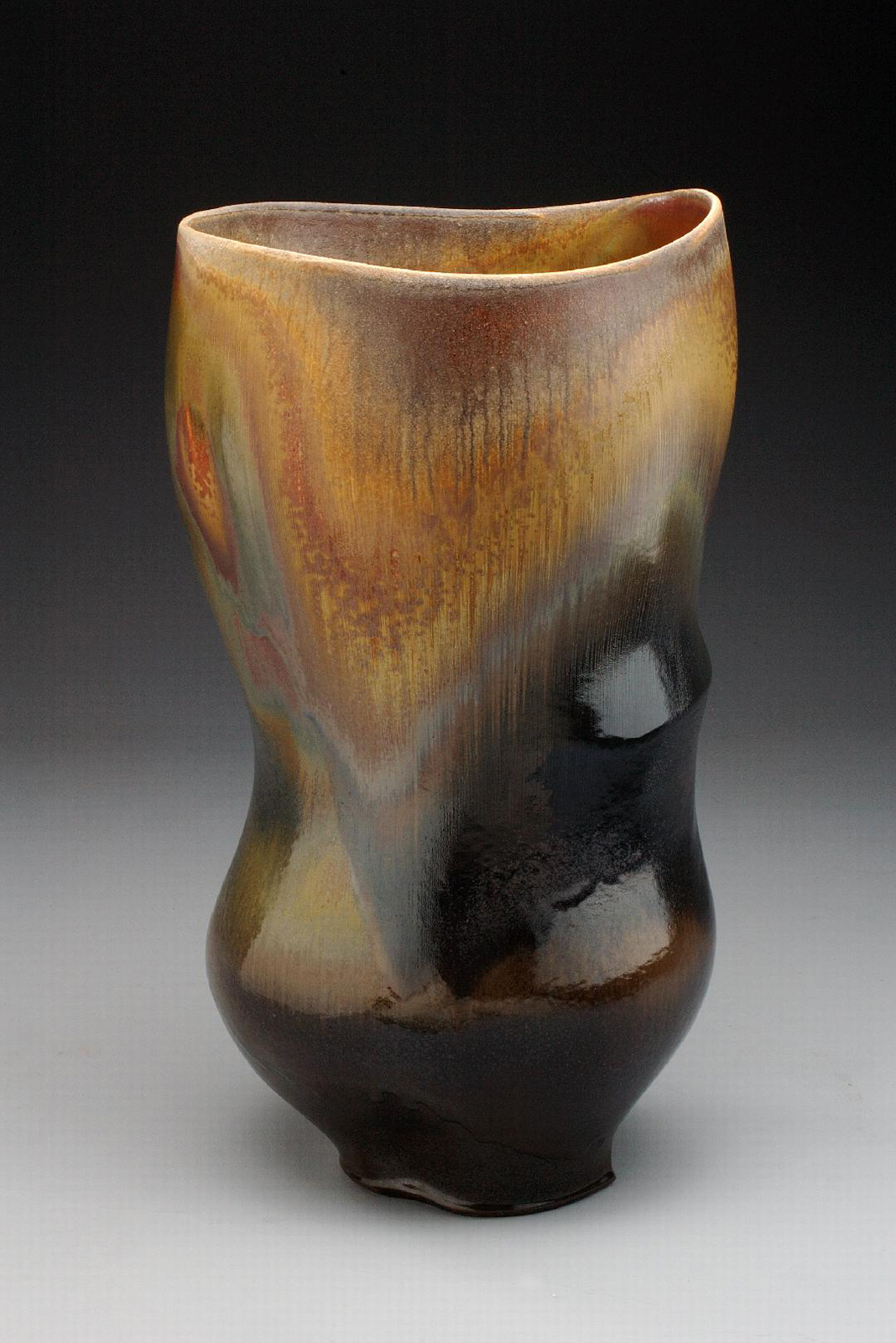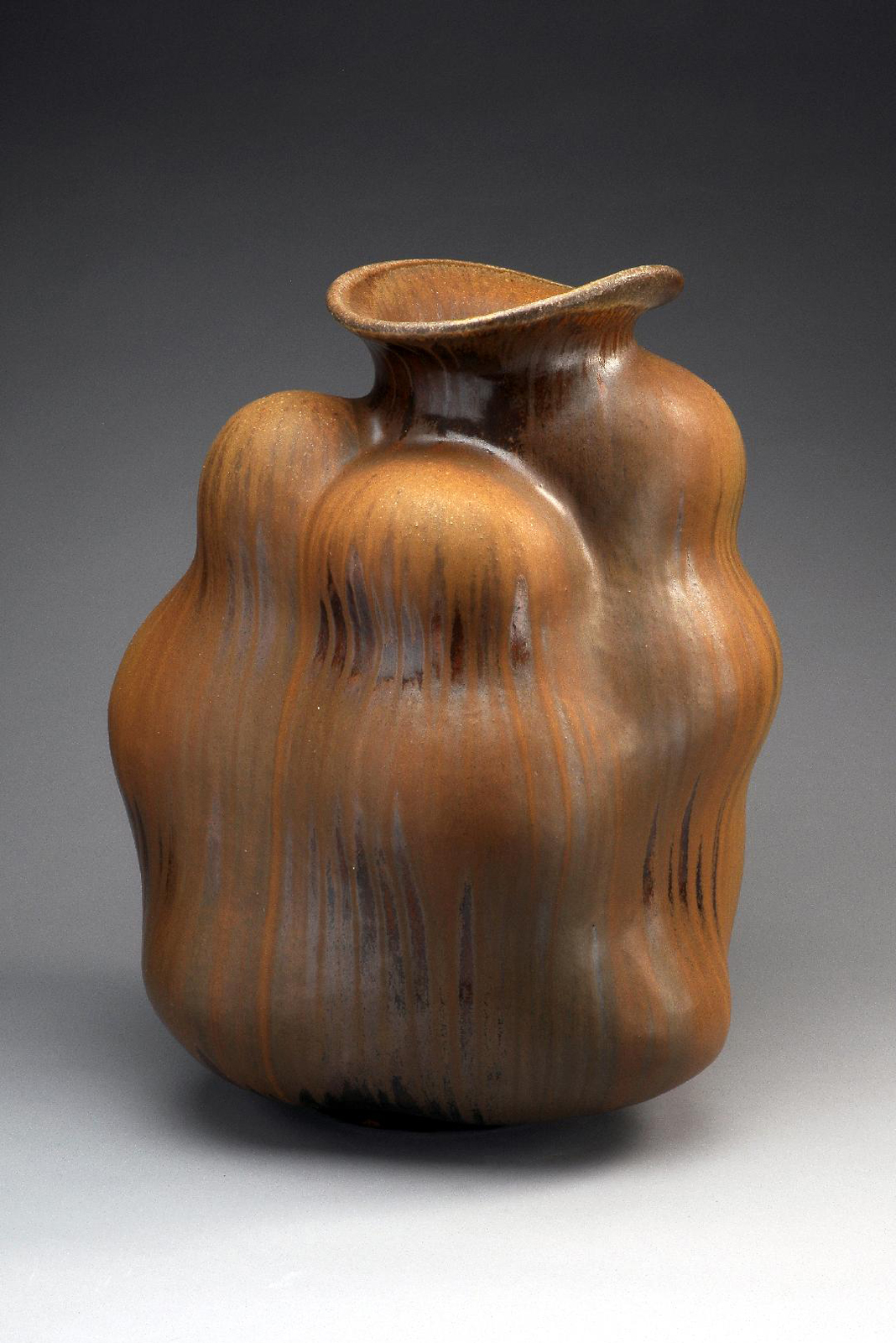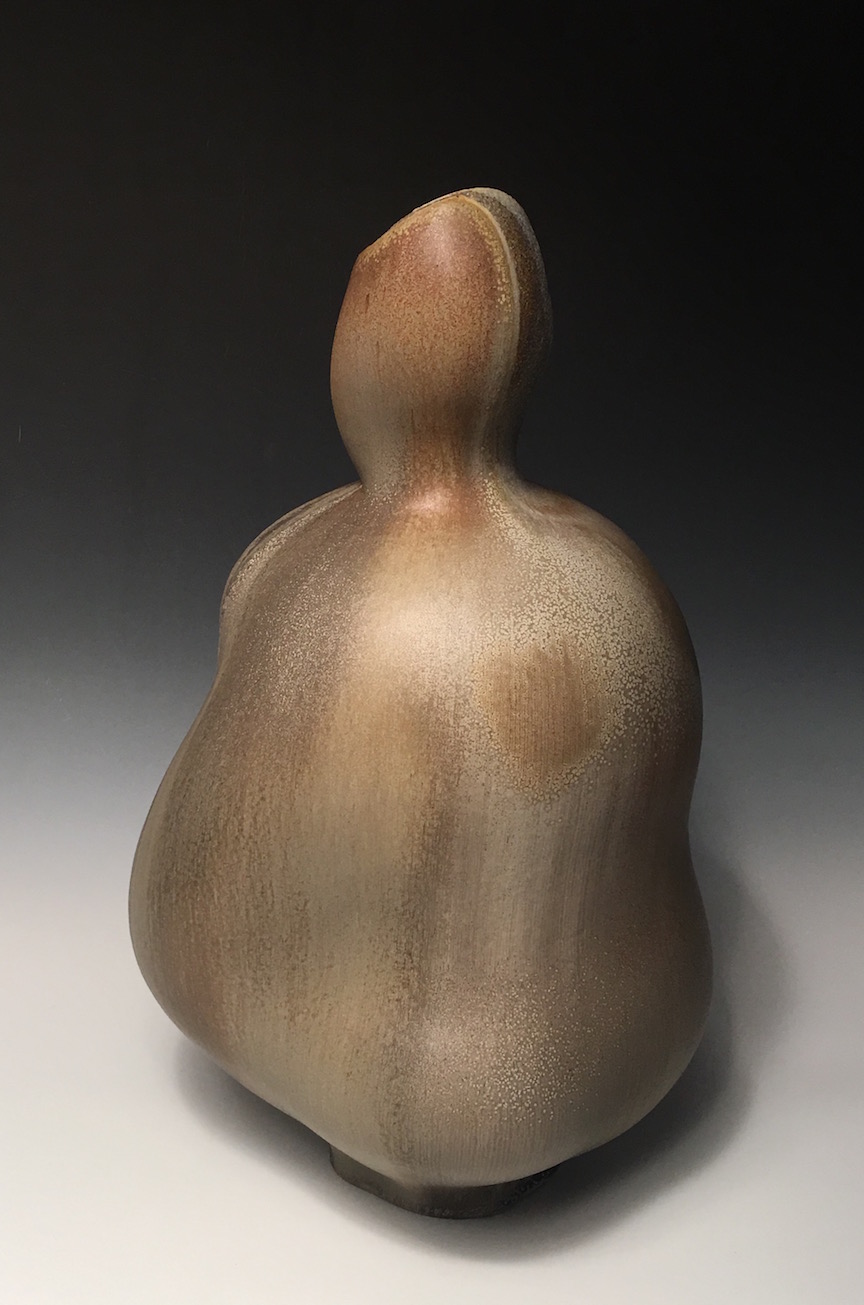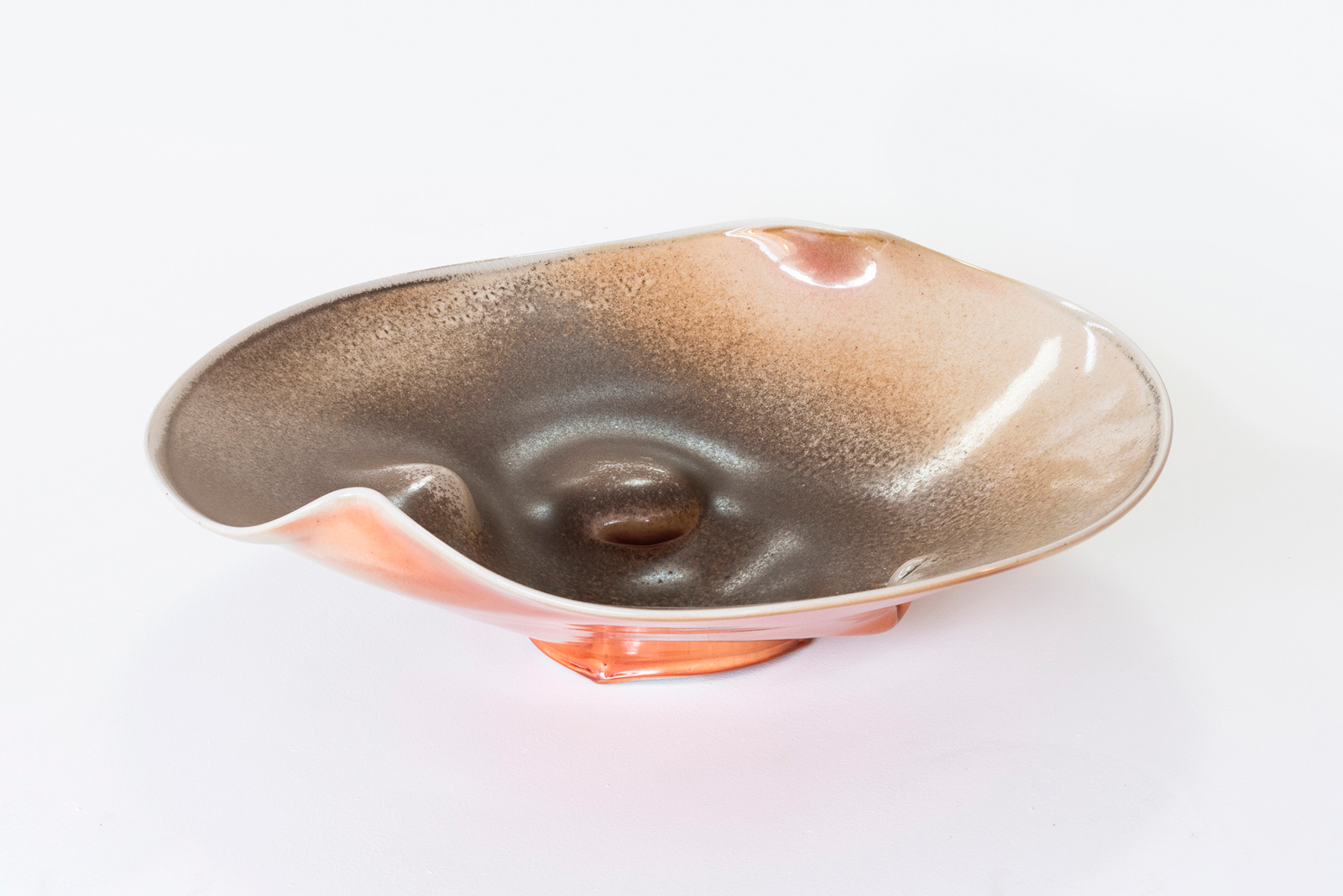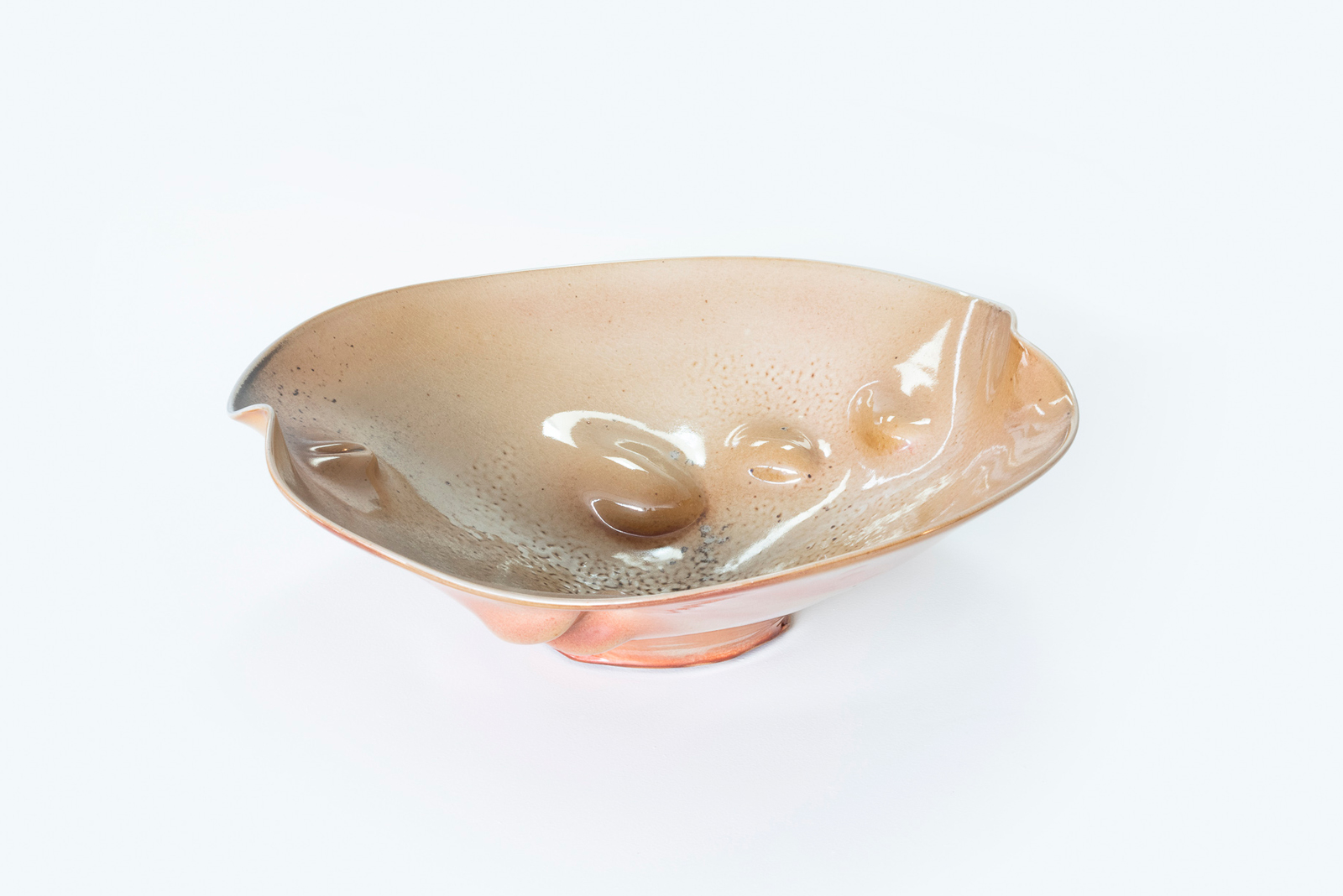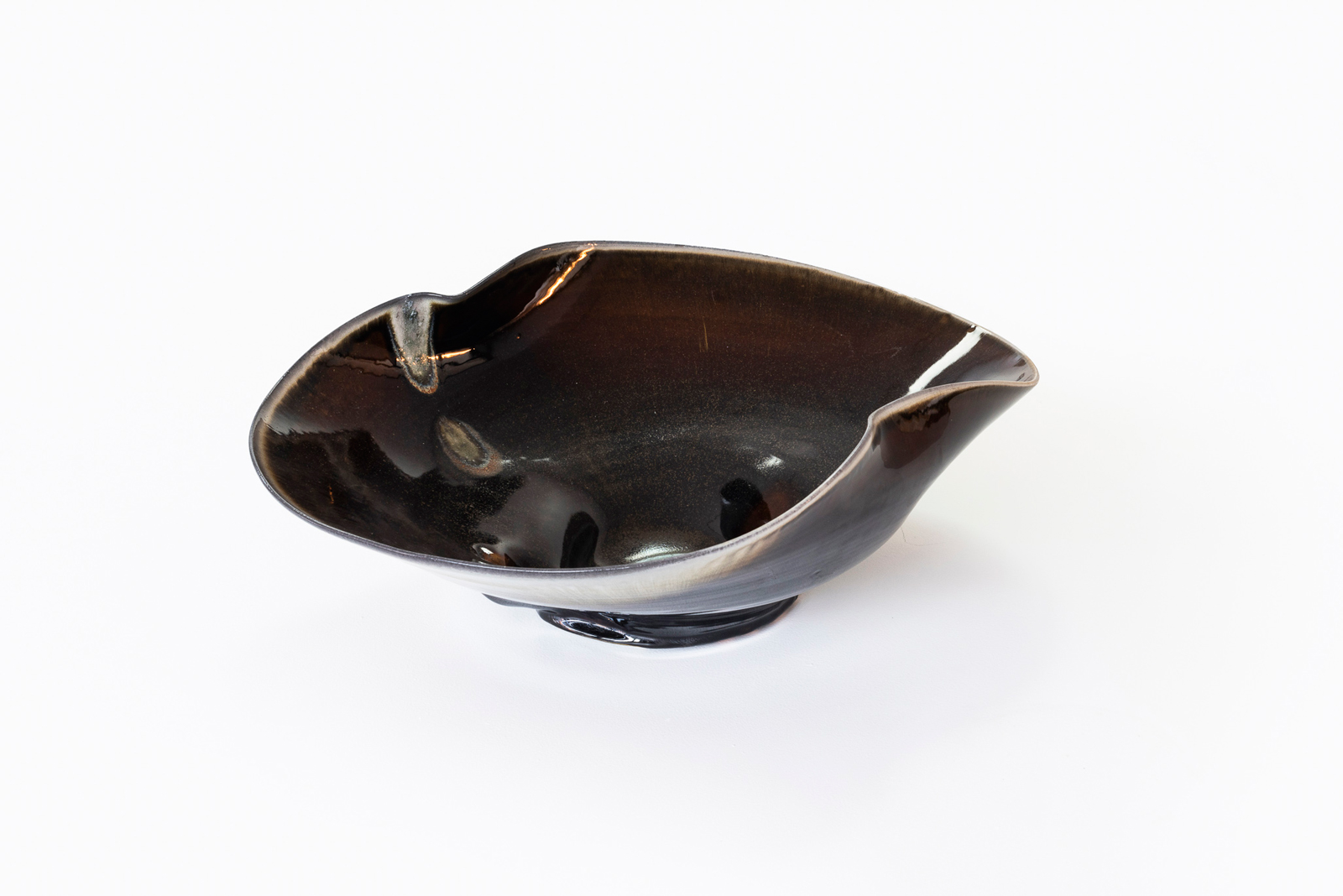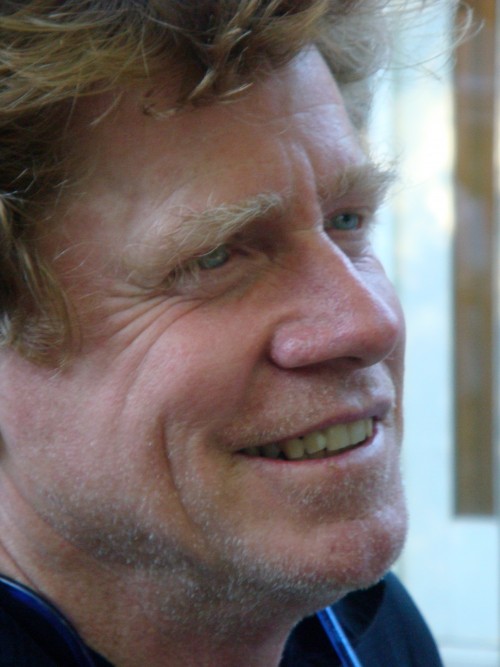Artist Statement
My work explores the vessel form on a human scale, taking simple, historical pottery forms and jumping them up in scale as a vehicle for abstraction. By increasing pottery form to the scale of the human body, I’m altering the expected dialogue between the object and user from that of the hand to one of the body. This ”body” scale speaks on a subliminal level to the entire histories of our experience. By using forms and glazes that evoke generosity, sensuality, fullness and humility, I am asking the viewer to make connections on a deeply personal level. This is what I depend on: the desire in all of us to reach out and touch, and by doing so, to trigger memory that is both felt and connected, memory that quietly waits to come to consciousness. This innate connection is for me the primal language of ceramic vessel form. It has the potential to reflect our universal human story, regardless of politics, culture or history.
